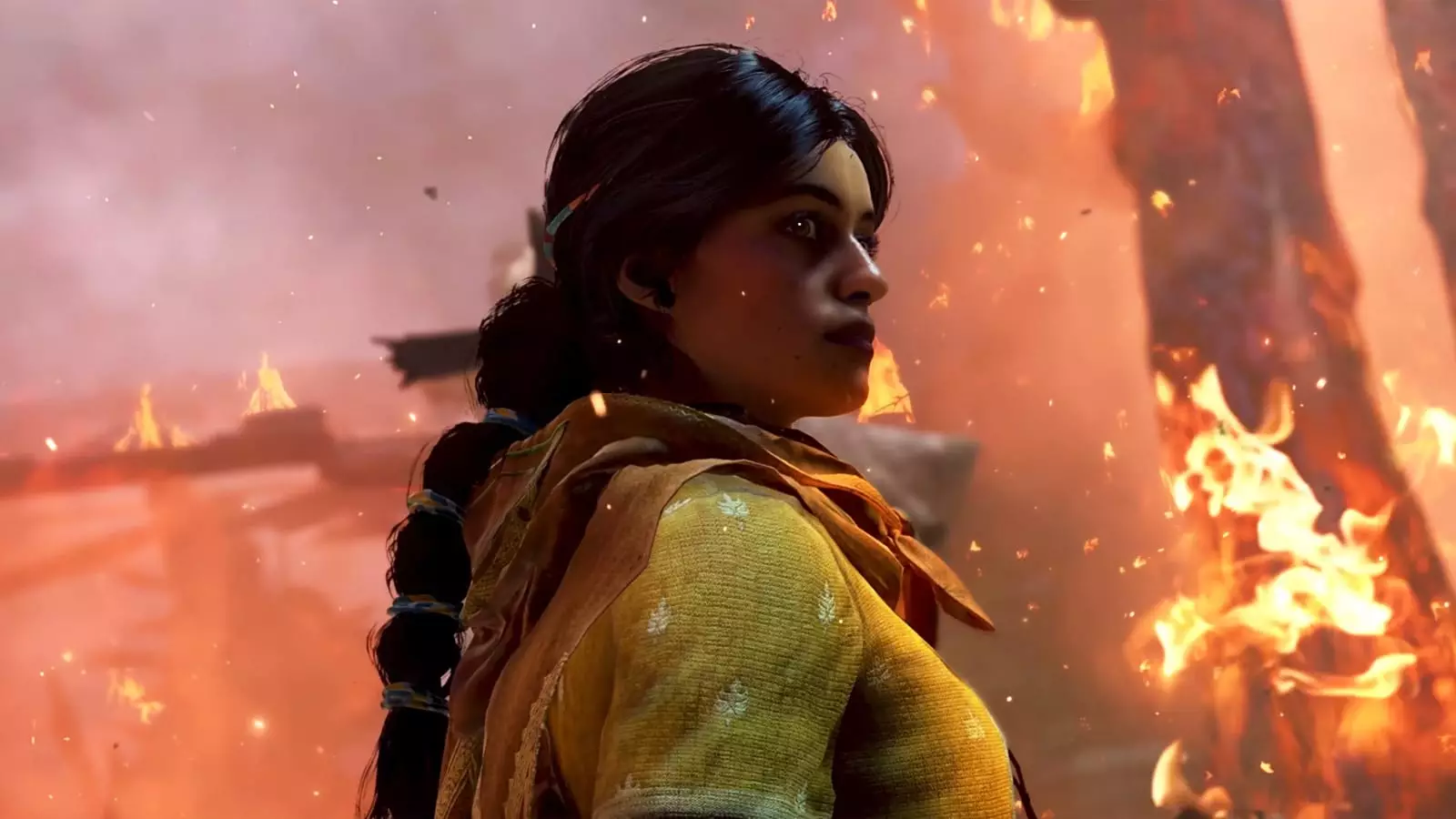In a gaming landscape increasingly dominated by familiar franchises and formulaic designs, **Unknown 9: Awakening** from Reflector Entertainment and Bandai Namco bravely breaks the mold. While it may not boast cutting-edge graphics or polished mechanics, this game evokes a sense of nostalgia reminiscent of the mid-2000s gaming era, a time when unique storytelling and innovative gameplay were not just ideals but realities. This article will explore the game’s shortcomings, its merits, and its potential impact on the gaming industry moving forward.
First, let’s address the elephant in the room: the visual presentation of Unknown 9: Awakening. The character models often come off as unappealing, characterized by blank, wide eyes and poorly synced mouth movements—a visual misstep that’s jarring enough to distract from the gameplay experience. The combat, unfortunately, suffers from a similar fate; it quickly becomes repetitive, creating a sense of monotony as players progress. Despite these evident flaws, there’s an underlying charm to the game; its simplicity and the unmistakable essence of adventure shine through the imperfections.
This leads to an important question—does aesthetic polish outweigh creativity in game design? While many modern titles focus on visual fidelity, Unknown 9 opts for substance over style. The game invites players to immerse themselves in a narrative-rich environment, evoking memories of simpler times in gaming when creativity reigned supreme over visually stunning yet shallow experiences.
One of the standout features of Unknown 9: Awakening is its storytelling woven deeply within a larger, cross-media universe. The game not only stands as a solitary narrative but also connects to comics, podcasts, and novels that explore themes of god-like beings and the balance of reality. This broader narrative context adds layers of intrigue that contemporary games often lack, where storytelling can sometimes feel like an afterthought in favor of gameplay mechanics.
Players control Haroona, the game’s protagonist, discovering her connection to a larger mythos. As players unfold the layers of the plot, they encounter dialogues rich with clues, hinting at mysteries that go beyond the immediate narrative. Such depth points to a thoughtful design philosophy, enabling Meaningful engagement that transcends the surface level of gameplay.
Creativity in a Homogenized Industry
Critics have noted the rise of uniformity within the gaming industry, with a small number of blockbuster franchises dominating the discourse. This reliance on familiar genres may stifle creativity, leaving little room for innovative titles like Unknown 9: Awakening to emerge and thrive. The fear of financial loss drives developers towards safer game designs that cater to established trends, resulting in a landscape where true originality is increasingly rare.
In this context, Unknown 9 stands out as a bastion of creativity, aiming to resurrect the spirit of adventure games from the late 2000s and early 2010s—a time when players could enter a store and find intriguing, smaller titles offering engaging narratives and accessible gameplay. The desire for games that offer exploration, inventive storylines, and distinct characters is palpable among players, as evidenced by discussions across platforms like Steam.
Nostalgia with Purpose: The Call for Attention
What makes Unknown 9: Awakening most compelling is its capacity to invoke nostalgia while striving for innovative storytelling. It encourages players to recall an era when gaming was defined by exploration and character development, not merely graphical prowess. As a concise ten-hour adventure, it manages to encapsulate everything that makes gaming enjoyable. The characters, the layered plot, and the interplay of narrative elements make a strong case for its significance in today’s gaming scene.
However, the journey may face challenges: as the industry analyses sales figures and marketing effectiveness, titles like Unknown 9 might be overlooked simply due to their non-conformity to mass-market expectations. In a world where marketability can often overshadow creativity, it is crucial to give such games the appreciation they deserve.
**Unknown 9: Awakening** may not be the visually stunning blockbuster that sets the gaming world ablaze, but its heart lies in the very narratives and experiences that seem missing from many modern titles. The imperfections serve as reminders that creativity can thrive amidst constraints. As players, we should embrace a diverse array of experiences, welcoming new titles that break conventional molds. Game developers should feel encouraged to explore narratives without fear, knowing there exists an audience yearning for something different. Ultimately, Unknown 9: Awakening should be celebrated not merely for what it lacks but for its passionate attempt to return to the roots of gaming, providing a sense of adventure and discovery that many have missed.

